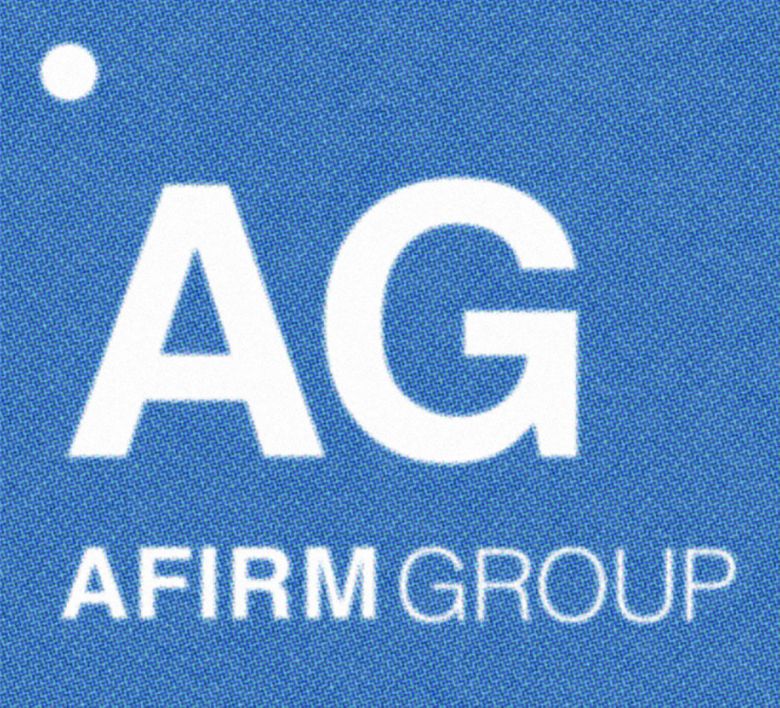Green Chemistry
005
Chemical products & processes that reduce or eliminate the use of hazardous substances.
“By understanding the chemistry that's in our materials and our products, that increases the opportunities so that the products we're creating can be part of a circular economy.”
—Renee Hackenmiller-Paradis, Senior Chemist, Nike
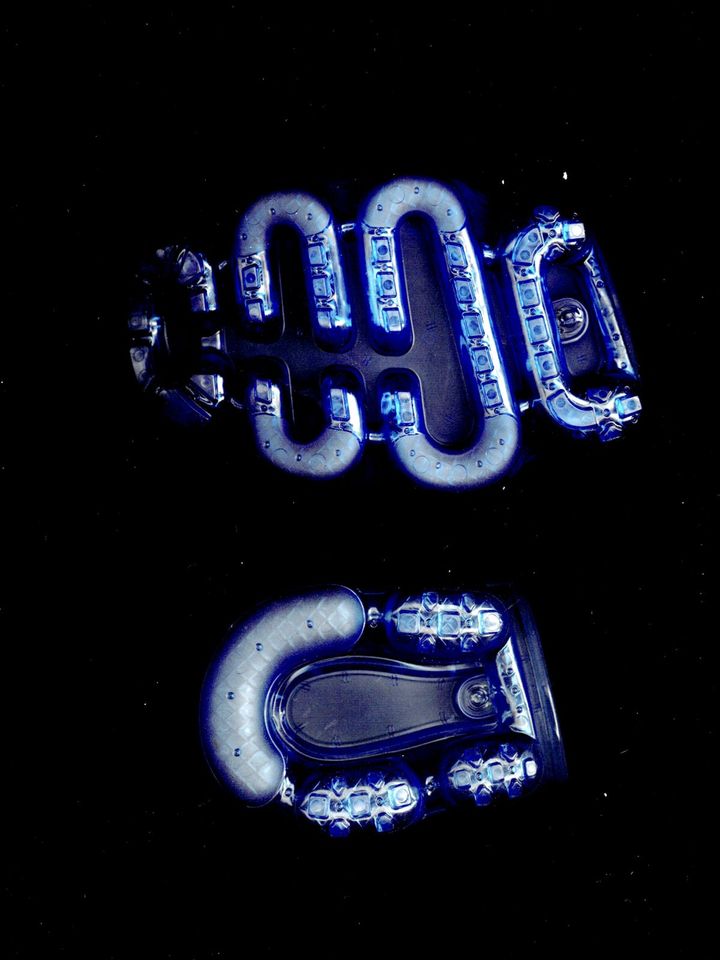
Thought Starters
Consider your brief or project aims. What is the ideal product purpose and functional value? what are your resources, or what types of partnerships/expertise do you need to find green chemistry solutions to identified issues? How could you further balance these priorities in the concept and design phase?
What are the chemical pros and cons to possible materials and finishes? What are the long-term repercussions?
What part(s) of the product will generate or use the most hazardous substances? (Keep in mind it may not be the most obvious.)
How could you eliminate or minimize harmful substances or practices through your material choices?
How could green chemistry be used as a design tool?
How could plant-based materials or finishes achieve the same performance or aesthetic aims as synthetic options?
How could you integrate check points in your process to ensure adherence to green chemistry best practices (E.g. Restricted Substances lists, etc.)?
What outside resources could you leverage to adhere to green chemistry standards?
What is the impact of recycling a product? Can it be reduced through different design and material choices?
Case Studies

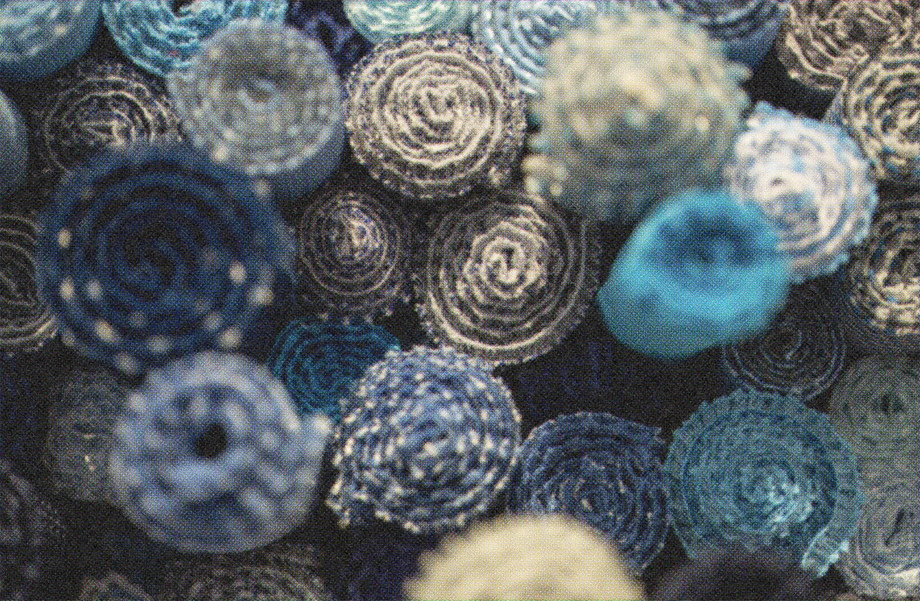

Chemistry is essential to product innovation and manufacturing, but can affect the sustainability of our product creation process. Our target is to achieve zero discharge of hazardous chemicals (ZDHC).
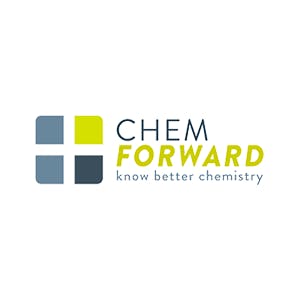
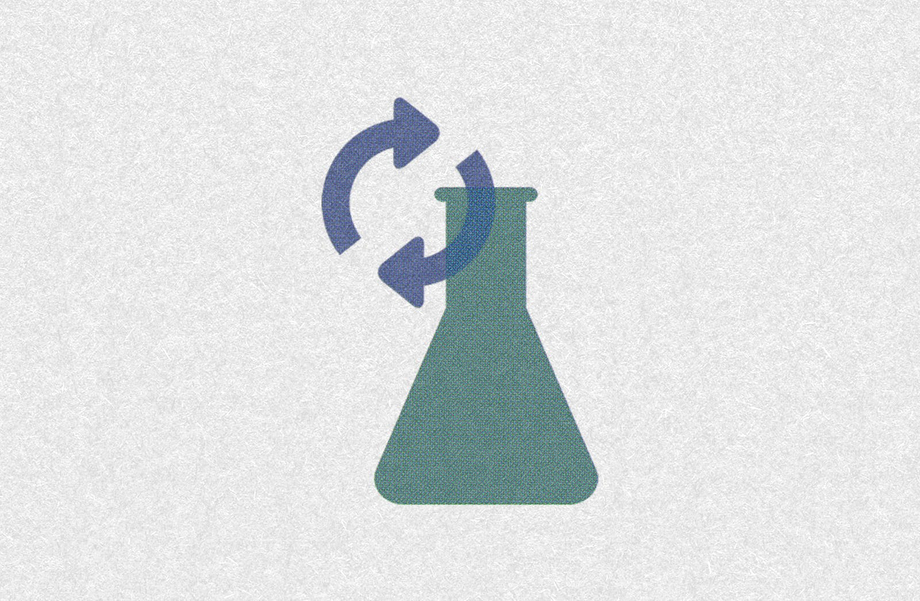

Better chemistry is key to unlocking the economic potential of the circular economy.
ChemFORWARD offers free access to the most extensive database of known hazards so that you can proactively eliminate ingredients that can contaminate future recycled feedstocks.
Knowing what not to use is a good start, but wondering what to use instead? ChemFORWARD helps industry participants identify and evaluate safer alternatives with an innovative cost-sharing model that will ensure the value of material feedstocks being put into the market and avoid regrettable substitutions.
ChemFORWARD can help you create essential building blocks for a safe and circular economy.

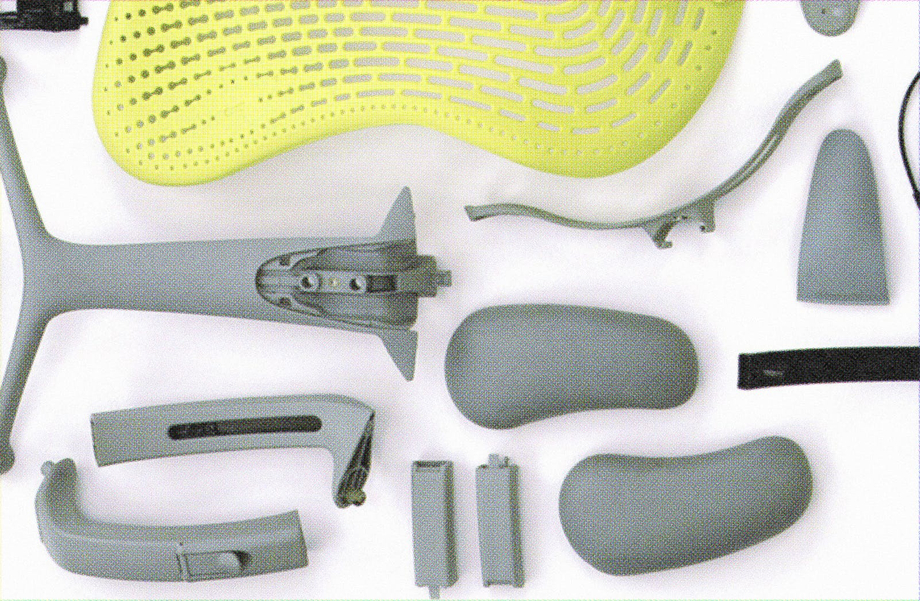

Cradle to Cradle Certified™ is a globally recognized measure of safe and sustainable products for the circular economy. The standard serves as a transformative pathway for designing and making products that positively impact humans and the environment, beginning with a material health requirement that helps designers and product developers start with the greenest material chemistries—resulting in products that are both safe and circular.

